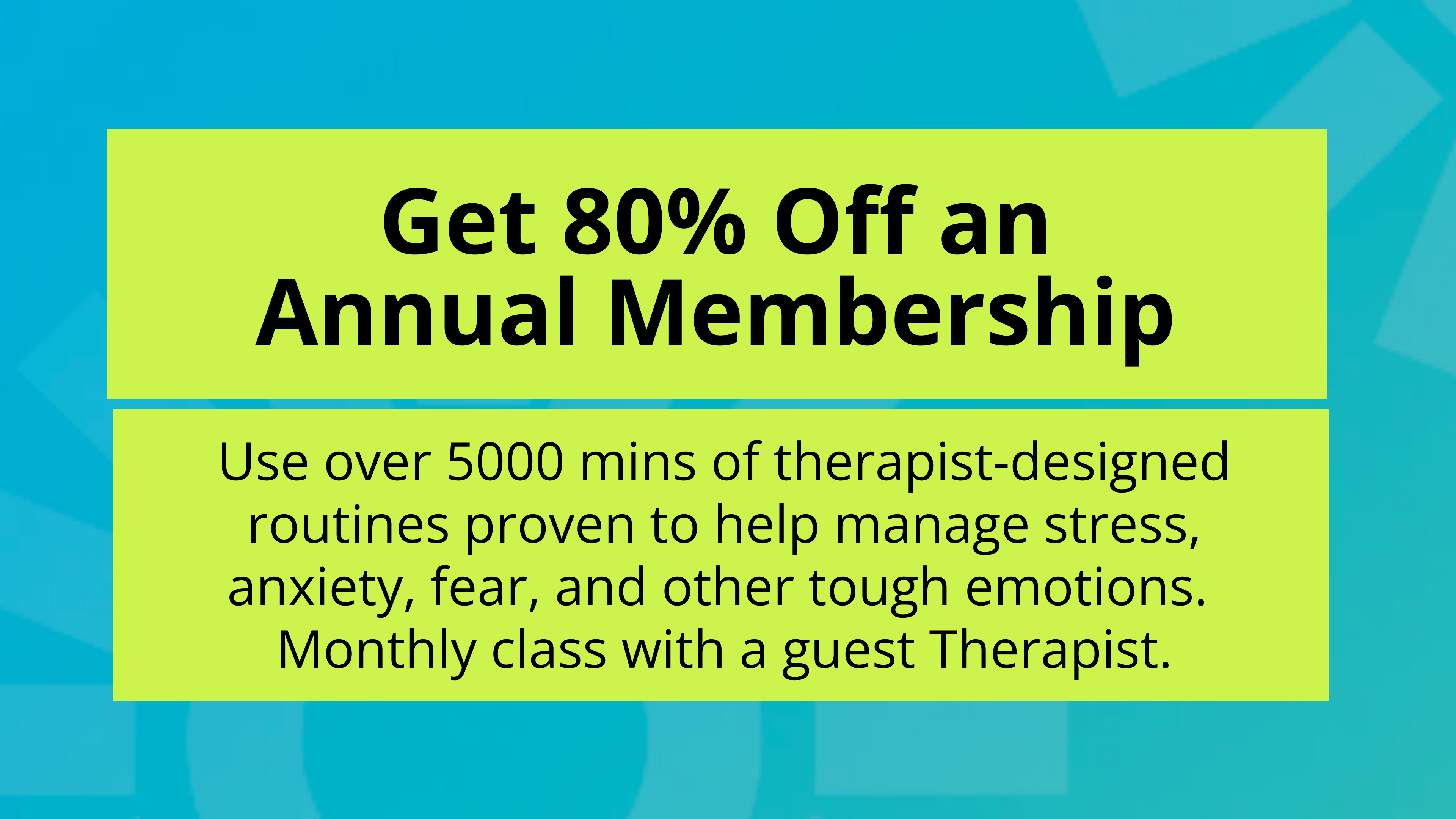How Your Movement Keeps You Stuck in Your Head
Feb 14, 2022
Many of us know that movement is good for our bodies and minds, but did you know that how you move can actually be what is contributing to your stress and anxiety? Movement isn’t just about what you add into your day, but how you already exist in your body. This includes how you gesture, posture, breathe, and engage with the world around you.
For example, if you are naturally a shallow breather, meaning you tend to breathe more into the upper quadrant of your chest and into your shoulders, this limits your ability to regulate your parasympathetic nervous system through vagal nerve* activation which comes from a deeper belly breath. In other words, this can actually perpetuate the “fight or flight” stress response and prevent the ability to “rest and digest.” This can keep us stuck in negative self-talk, spiraling thoughts, or other debilitating patterns of thinking.
Another example is how you sit at your desk, in your car, or on the couch. Do you tend to scrunch up and make yourself smaller or spread out and take up space? How we physically take up space in our bodies translates to how much we allow our minds to expand as well. By engaging in a larger spectrum of movement, we allow our minds to engage in a larger range of thought which creates greater emotional resilience.
So how can we address this within our own movements? Here are three easy steps I like to call ACE-ing your mental health.
- Awareness. -- Take inventory of your current movement.How are you currently showing up in your body? What does your posture look like in this moment? How are you feeling internally? Notice the sensations from the top of your head to the tips of your toes. Movement Genius has some great classes to help you get started!
- Challenge your movement. -- Find new ways of engaging your body.Allowing it to shift and stretch in the smallest ways can have the biggest impact.
- Expand your movement vocabulary. -- Regularly find ways to incorporate these new ways of moving into your day. Practice makes habit! The more movement we have at our disposal, the greater our range of emotional resilience.
While moving with this intention may be unfamiliar or unusual at first, it is a great opportunity to get out of our head and into our body. When looking for helpful ways to support your mental health and well-being, remember you can look right under your nose and start with your own body!
About the Author:
Erica Hornthal is a board-certified dance/movement therapist and licensed clinical professional counselor. She is the CEO and founder of Chicago Dance Therapy where she maintains a private practice. Erica is passionate about helping individuals rediscover the mind-body connection in order to support mental health. She is publishing her first book, Body Aware, this summer. For more information or to contact Erica, visit www.ericahornthal.com.
For more information on the Vagus Nerve check out work by Dr. Stephen Porges, creator of Polyvagal Theory.
Stay in the know.
Sign up for our emails to find out about our monthly themes and new classes.
We hate SPAM. We will never sell your information, for any reason.

